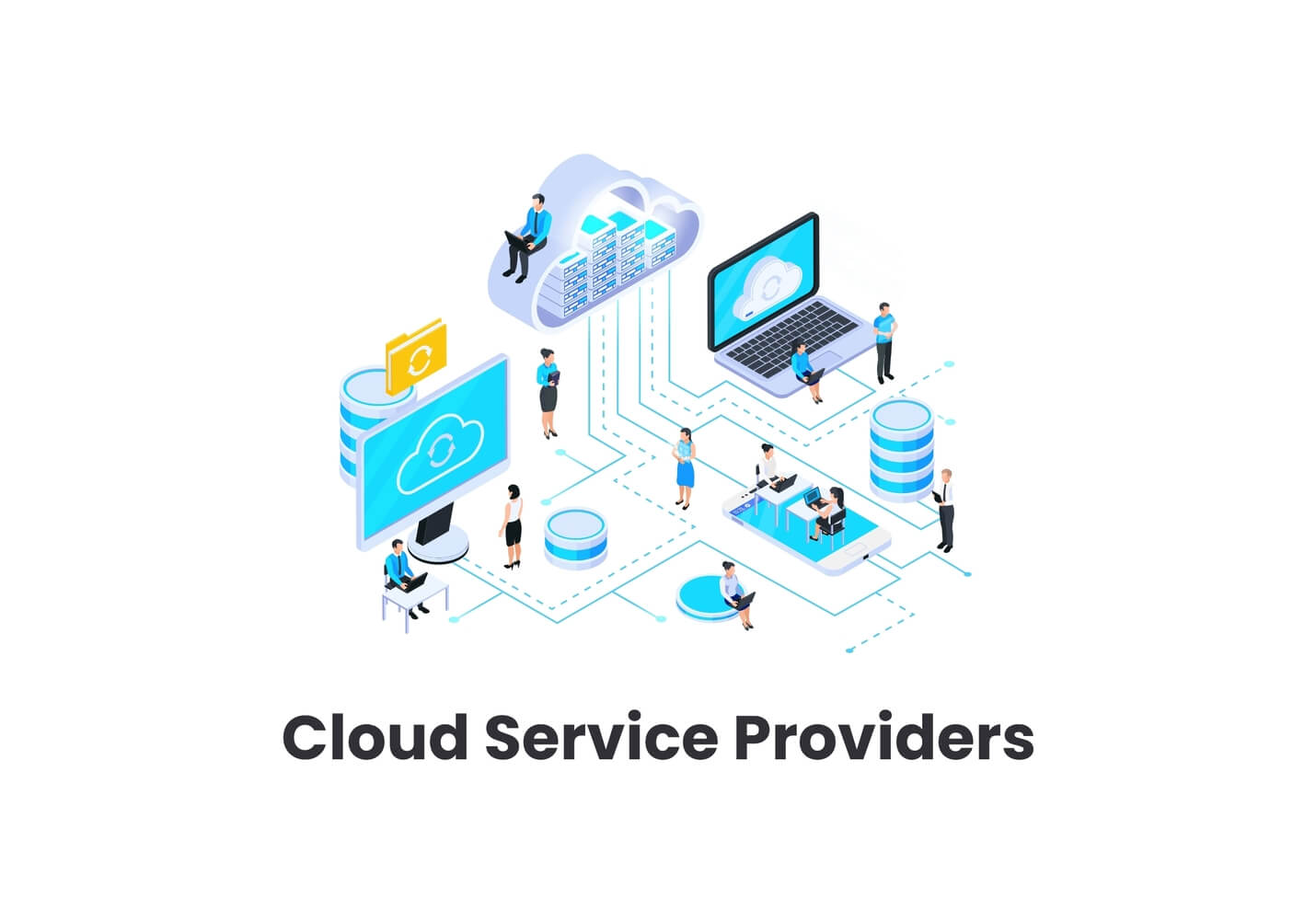Improve Your Organization with Cloud Services: A Guide to Modern Solutions
Improve Your Organization with Cloud Services: A Guide to Modern Solutions
Blog Article
Achieve Seamless Scalability With Cloud Services
In the ever-evolving landscape of cloud solutions, attaining smooth scalability stands as a cornerstone for modern services looking for to stay adaptable and competitive. The mission for smooth scalability with cloud services introduces a globe of possibilities for those prepared to welcome the transformative power of dynamic source monitoring.
Benefits of Cloud Scalability
Cloud scalability supplies organizations the adaptability to dynamically adjust resources based on demand, making certain optimal performance and cost efficiency. One essential benefit is the capability to range sources up or down promptly in action to varying workloads. This agility enables organizations to fulfill altering consumer needs without over-provisioning sources, inevitably leading to cost financial savings. Scalability likewise boosts performance by ensuring that systems can deal with increased traffic or work without experiencing downtime or slowdowns. By effectively allocating resources, companies can preserve high levels of efficiency during peak times without unnecessary expenses throughout quieter periods. Additionally, cloud scalability advertises innovation and experimentation by enabling businesses to easily check originalities and range them as required. This flexibility urges a culture of constant improvement and adjustment, making it possible for organizations to stay competitive in a rapidly developing market landscape. Eventually, the benefits of cloud scalability extend beyond price savings to incorporate improved efficiency, dexterity, and advancement.
Trick Functions for Scaling
Effective scaling in cloud solutions depends on key functions that make it possible for companies to change resources dynamically based on need. One important attribute for scaling is elasticity, allowing resources to scale up or down in reaction to rising and fall workloads. This guarantees that companies can meet performance demands without over-provisioning sources. Another key function is scalability, enabling systems to take care of enhanced workload by adding sources effortlessly. This function is vital for suiting development without endangering performance. Additionally, automation plays a vital role in scaling by automating the provisioning and de-provisioning of sources based upon predefined plans. Automation lowers human treatment, boosts performance, and ensures quick feedback to transforming needs. Monitoring and analytics devices are likewise important for scaling, supplying understandings into resource use, performance metrics, and prospective traffic jams. These tools enable companies to make educated choices and maximize source appropriation for efficient scaling. Generally, these vital functions jointly encourage organizations to attain seamless scalability in cloud services.
Applying Auto-Scaling Strategies
To properly enhance resource allotment and adjust to varying work, companies have to purposefully apply auto-scaling techniques in their cloud services infrastructure. Auto-scaling enables systems to immediately change the number of calculate sources based on real-time demand. There are numerous auto-scaling techniques that organizations can use, such as predictive scaling, which utilizes historical data to forecast future source demands, and responsive scaling, which reacts to existing work modifications.

Best Practices for Scalability
For organizations aiming to improve their scalability in cloud solutions, executing ideal techniques is critical for optimal performance and resource monitoring. One key finest practice is creating applications with a microservices design. This technique breaks down applications into smaller sized, independent services that can be deployed, upgraded, and scaled individually, enabling better flexibility and scalability.
Another crucial method is utilizing containerization innovation, such as Docker or Kubernetes. Containers enable the product packaging of applications and their reliances into separated devices, making it easier to scale parts independently and release them continually across different atmospheres.
In addition, carrying out automated implementation and framework as code (IaC) can simplify scalability initiatives (linkdaddy cloud services). Automation tools like Terraform or Ansible aid in provisioning and managing resources successfully, decreasing manual mistakes and allowing fast scalability
In addition, checking performance metrics, establishing informs, and performing routine capability preparation are crucial techniques to guarantee positive scalability monitoring. By sticking to these best techniques, companies can accomplish smooth scalability in their cloud services read while optimizing efficiency and resource use.
Surveillance Performance Metrics
When examining the effectiveness of cloud services scalability, closely checking performance metrics is crucial for ensuring ideal capability and source allowance. By constantly tracking essential efficiency indicators (KPIs) such as action times, resource, latency, and throughput use, companies can obtain important insights into the health and effectiveness of their cloud framework. Checking efficiency metrics permits the very early discovery of potential traffic jams or concerns that can influence scalability, allowing aggressive actions to be taken to resolve them before they intensify.

Verdict
Finally, achieving seamless scalability with cloud solutions is essential for organizations to optimize performance, enhance innovation, and preserve high efficiency degrees throughout peak times. By leveraging the advantages of cloud scalability, applying auto-scaling strategies, making use of crucial functions such as elasticity and automation, and complying with best practices like application style and performance monitoring, businesses can efficiently scale their systems while making the most of resource application and efficiency.
The mission for seamless scalability with cloud solutions introduces a globe of possibilities for those prepared to embrace the transformative power of dynamic source administration.
Cloud scalability offers companies the versatility to dynamically adjust sources based on demand, site here guaranteeing ideal performance and price performance. One more key feature is scalability, making it possible for systems to take care of enhanced work here are the findings by adding resources seamlessly.For organizations intending to improve their scalability in cloud solutions, applying best methods is vital for optimal efficiency and resource administration.When examining the effectiveness of cloud solutions scalability, carefully checking efficiency metrics is necessary for making certain optimal performance and source allotment.
Report this page